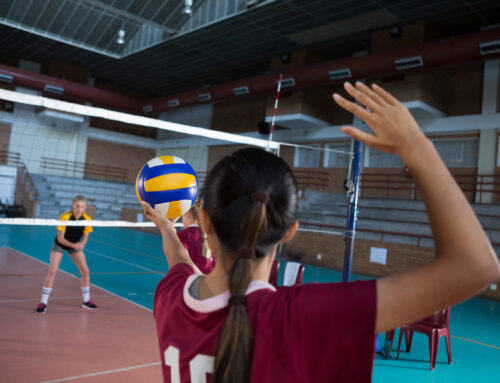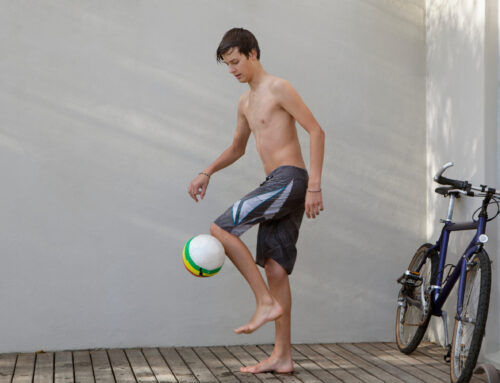In today’s increasingly sedentary world, the question of whether kids should work out or simply play hard has gained significant attention. With the rise of video games, smartphones, and other screen-based entertainment, children are spending more time indoors and less time engaged in physical activities. This shift has raised concerns about the health and well-being of our younger generation. Should we encourage structured workouts for kids, or is the traditional concept of “play” enough to keep them fit and healthy? In this article, we’ll explore the benefits of both approaches to help parents make informed decisions for their children.
The Importance of Play
Play is a fundamental part of childhood, and it plays a crucial role in a child’s physical, social, and cognitive development. When children engage in unstructured play, whether it’s running around in the yard, climbing trees, or playing tag with friends, they develop coordination, balance, and motor skills. Play also fosters creativity, problem-solving abilities, and social skills as children learn to negotiate and cooperate with their peers.
Physical activity during playtime is essential for building strong bones and muscles, maintaining a healthy weight, and reducing the risk of childhood obesity. Moreover, playing outside exposes kids to vitamin D from the sun, which is crucial for bone health and overall well-being.
Play encourages children to be active without the pressure of formal exercise. It’s spontaneous, enjoyable, and an integral part of their daily routine. Parents should encourage their kids to play freely and spend time outdoors to ensure they receive these valuable benefits.
The Role of Structured Workouts
While play is essential, structured workouts for kids can complement their overall physical development. These workouts are designed to improve specific aspects of fitness, such as strength, endurance, flexibility, and cardiovascular health. They can be beneficial, especially if a child has a particular interest in sports or if they need to address specific health concerns.
Structured workouts for kids should be age-appropriate and fun. They can include activities like swimming, martial arts, dance classes, or team sports. Such workouts provide kids with a structured environment where they can learn discipline, sportsmanship, and goal-setting skills while improving their physical fitness.
The Benefits of Balance
The key to addressing the question of whether kids should work out or play hard is balance. Both play and structured workouts have unique benefits that can enhance a child’s overall well-being.
- Physical Health: Play helps children develop essential motor skills and coordination, while structured workouts focus on building strength and endurance. A balance between the two ensures children develop a well-rounded fitness foundation.
- Mental and Social Development: Play fosters creativity and social skills, while structured workouts teach discipline and teamwork. A combination of both experiences can help children become physically and mentally resilient.
- Preventing Burnout: Kids should never feel pressured to work out excessively. Encouraging a mix of play and structured activities allows them to enjoy physical activity without feeling overwhelmed or burned out.
- Lifelong Habits: Striking a balance between workouts and play can help children develop a lifelong love for physical activity. They’ll be more likely to carry these habits into adulthood, reducing the risk of sedentary lifestyles.
In answering the question of whether kids should work out or simply play hard, the best approach is a balanced one. Play is essential for a child’s natural development, offering a wide range of physical and cognitive benefits. It allows children to explore, learn, and grow in an unstructured, enjoyable manner.
Structured workouts, on the other hand, can provide targeted benefits and teach valuable life skills like discipline and teamwork. When integrated into a child’s routine in a fun and age-appropriate manner, these workouts can complement the benefits of play.
Ultimately, the key is to ensure that children have the opportunity to engage in both play and structured physical activities. Parents and caregivers should encourage a well-rounded approach, promoting a lifelong love of physical fitness while allowing kids to be kids, running, jumping, and playing hard.




